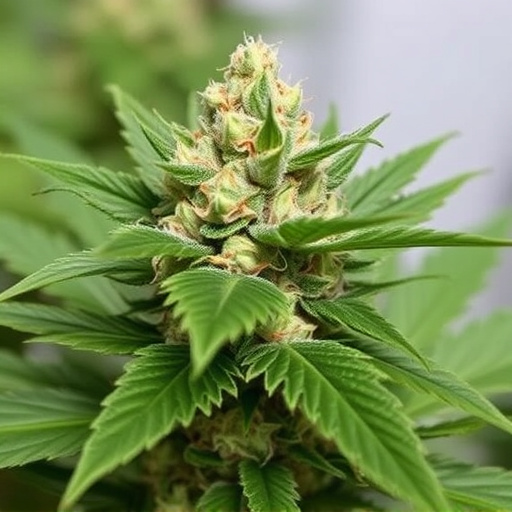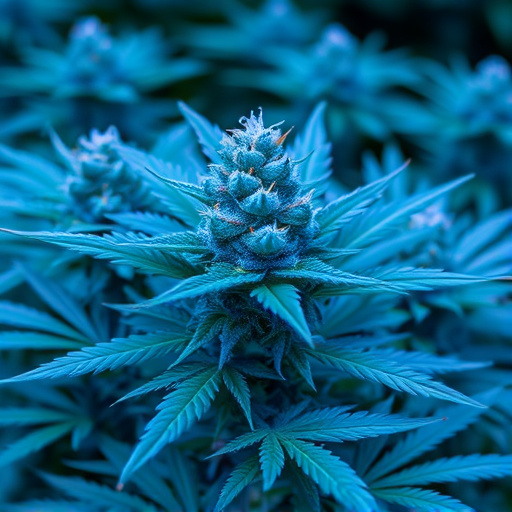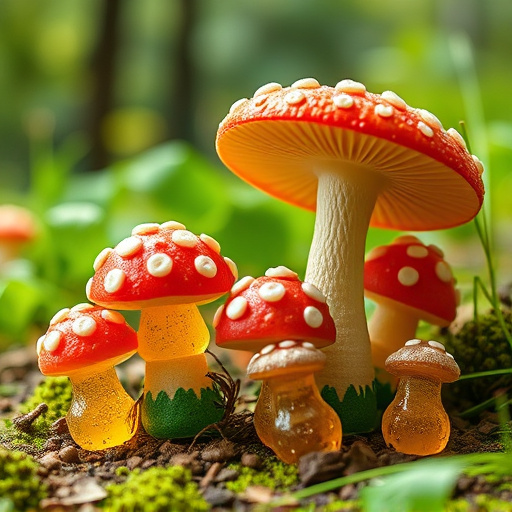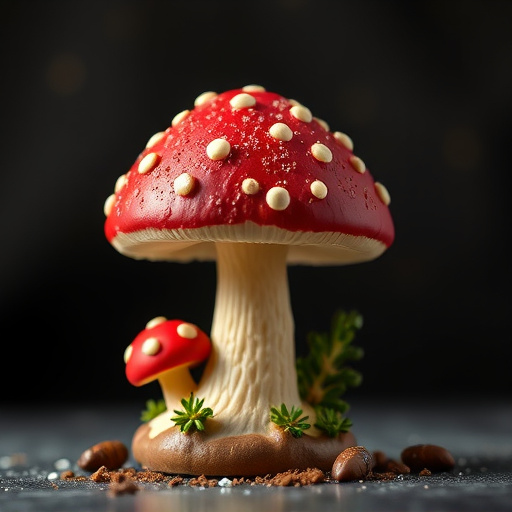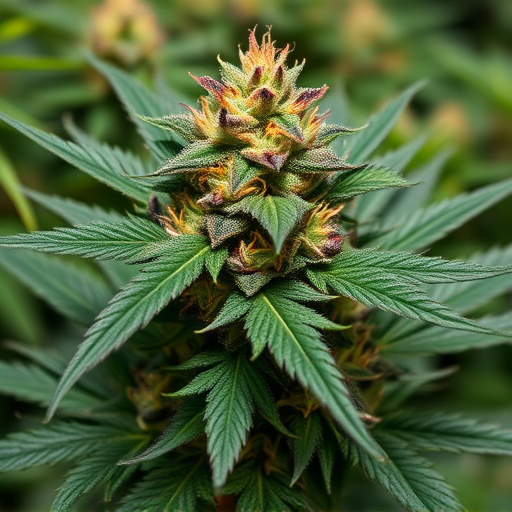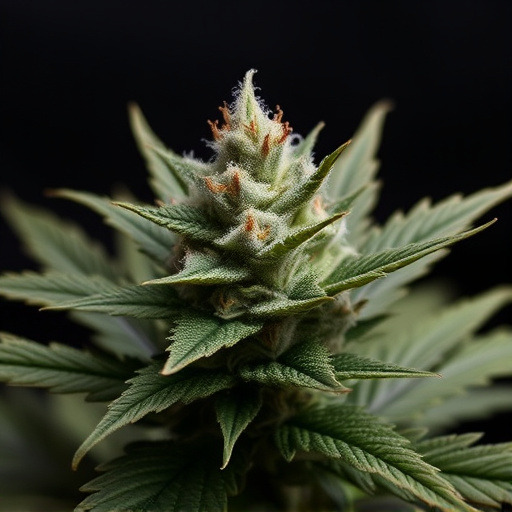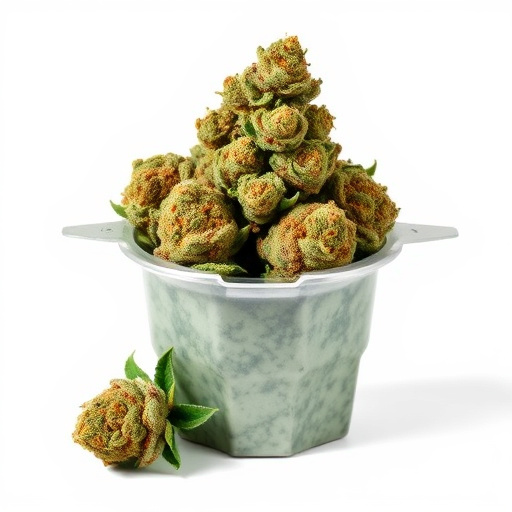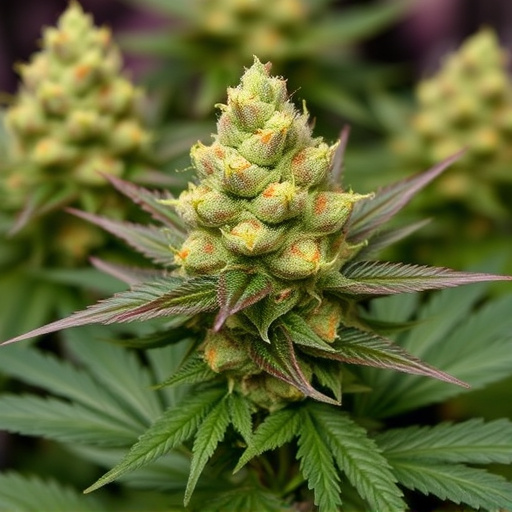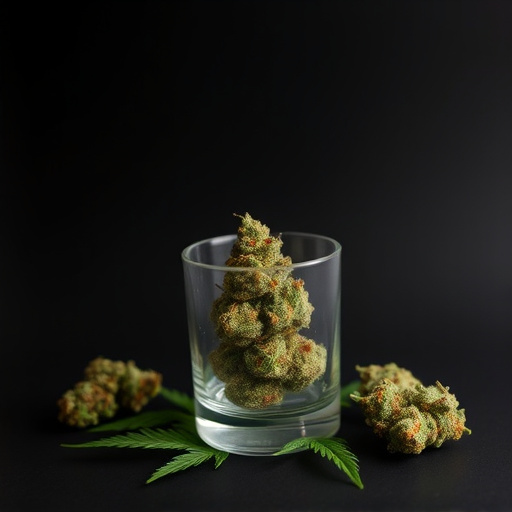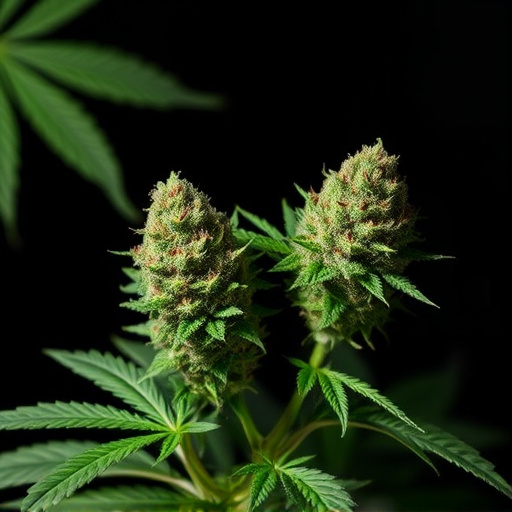Cultivators must understand the delicate nature of cannabis flowers, which degrade over time due to heat, light, oxygen, and moisture. Proper storage is key to preserving potency and aroma for competitions like the Cannabis Cup. Ideal growing conditions for high-quality cannabis include moderate temperatures (18-24°C), humidity (40-60%), and 12/12 light cycles. Using LED or HPS lights, balanced fertilizers, and monitoring soil moisture ensures potent, aromatic cannabis cup strains with distinct Indica or Sativa characteristics.
Maintaining the potency and aromatic qualities of your cannabis flowers is an art. This guide delves into the science behind it, exploring why and how cannabis potent and aroma fade over time. We’ll navigate through best practices for ideal growth conditions, from temperature control to lighting adjustments, ensuring your plants thrive. Furthermore, we’ll provide tailored care tips for various renowned cannabis cup strains, offering secrets to unlock their unique flavors and effects.
- Understanding Cannabis Flower Potency and Aromatic Decay
- Best Practices for Maintaining Optimal Conditions
- Specific Care Techniques for Different Cannabis Cup Strains
Understanding Cannabis Flower Potency and Aromatic Decay
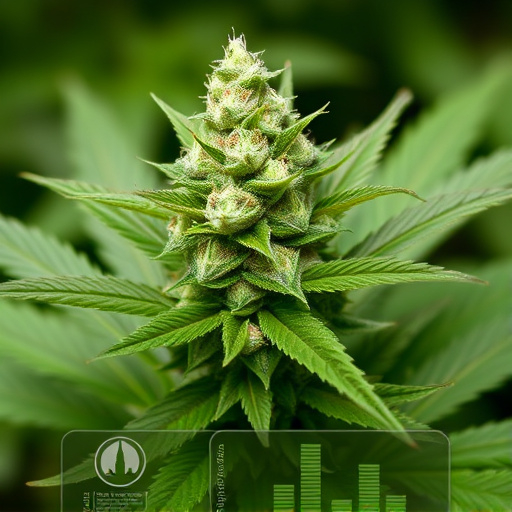
Cannabis flowers, often celebrated for their potent effects and unique aromas in competitions like the Cannabis Cup strains, undergo a natural process of potency and aromatic decay over time. This is primarily due to the volatile compounds that contribute to both its therapeutic benefits and distinctive scents. These compounds are susceptible to degradation through various factors such as heat, light, oxygen, and moisture.
Proper storage methods play a crucial role in slowing down this decay. Keeping cannabis flowers in an airtight container, stored in a cool, dark place, can significantly preserve both potency and aroma for extended periods. Understanding the delicate nature of these compounds is essential for cannabis enthusiasts and cultivators who aim to maintain the superior quality of their floral offerings, ensuring that each puff delivers not just effects but also the rich sensory experience that defines exceptional Cannabis Cup strains.
Best Practices for Maintaining Optimal Conditions
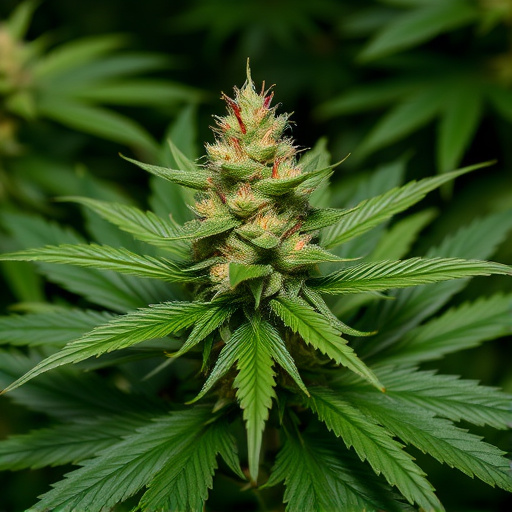
To maintain the optimal conditions for your cannabis plants and ensure they produce potent, aromatic flowers (or bud), consider these best practices. First, maintain a consistent environment with moderate temperatures between 65-75°F (18-24°C) and humidity levels around 40-60%. This stable climate supports robust growth and prevents sudden changes that can stress the plants.
Second, provide ample light—around 16-18 hours per day during the vegetative stage and 12 hours of light followed by 12 hours of darkness for flowering. Using LED or HPS lights can help maintain consistent light intensity without causing excessive heat. Lastly, keep your cannabis plants well-fed with a balanced, pH-neutral fertilizer to support robust growth and flavorful flowers. Regularly test soil moisture and adjust watering as needed to avoid over- or under-watering, both of which can negatively impact potency and aroma.
Specific Care Techniques for Different Cannabis Cup Strains
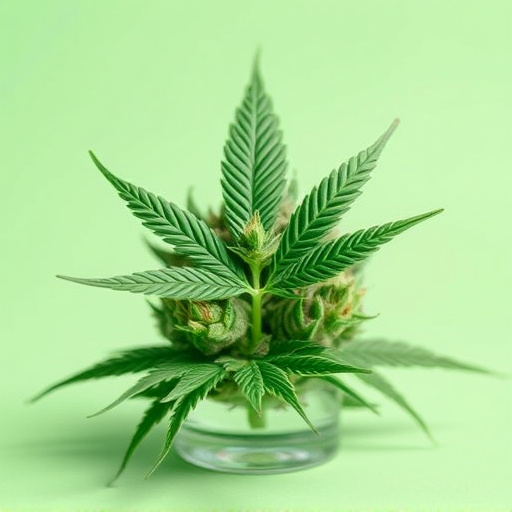
When it comes to specific care techniques for different cannabis cup strains, understanding that each variety has unique characteristics is key. For example, Indica strains tend to be denser and more compact, requiring a slightly cooler environment with higher humidity to maintain their potent aroma and rich terpene profile. On the other hand, Sativa varieties often have longer, thinner leaves and benefit from warmer temperatures and lower humidity levels to support their characteristic energetic and uplifting effects.
The cultivation methods should also be tailored accordingly. For dense Indica flowers, techniques like low-stress training (LST) and topping can help prevent overwatering and promote lateral growth, preserving the plant’s strength. For Sativa plants with longer stems, providing vertical support and ensuring adequate air circulation prevents diseases and maintains the integrity of the bud structure. Regular monitoring of pH levels, nutrient ratios, and light intensity is crucial for both types, as these factors significantly impact the final product’s potency and aromatic qualities.
Preserving the potency and aromatic essence of your cannabis flower is an art, and by understanding the natural decay process and implementing optimal care practices, you can ensure a consistently high-quality experience. Each cannabis cup strain has unique characteristics that require tailored attention, from temperature control to lighting adjustments. By following these best practices and learning specific care techniques for various strains, growers can maintain peak conditions, ensuring each bud captures the full scope of its intended aroma and effects.
